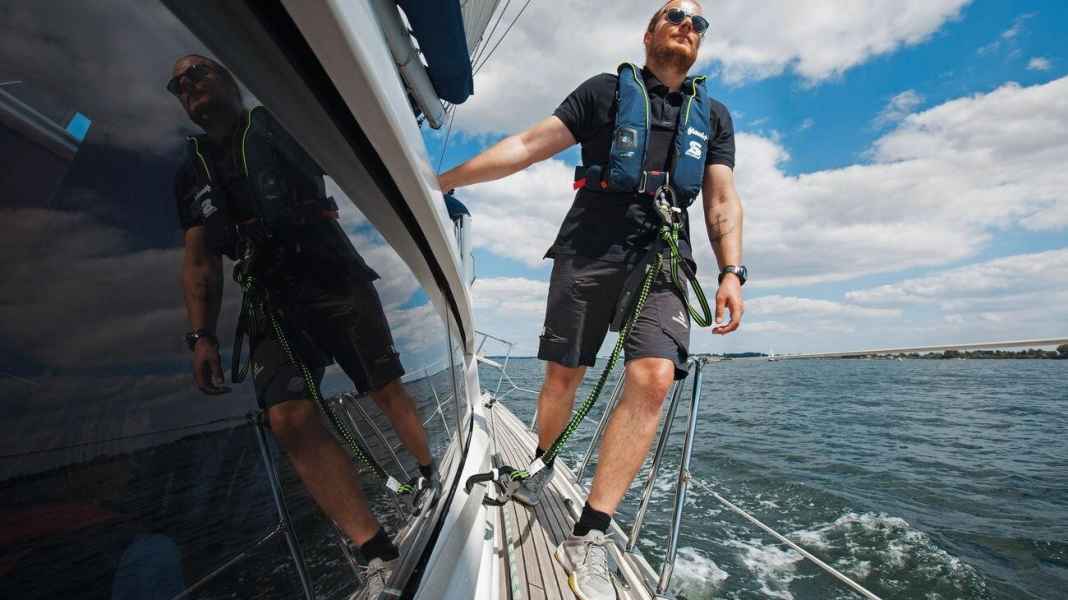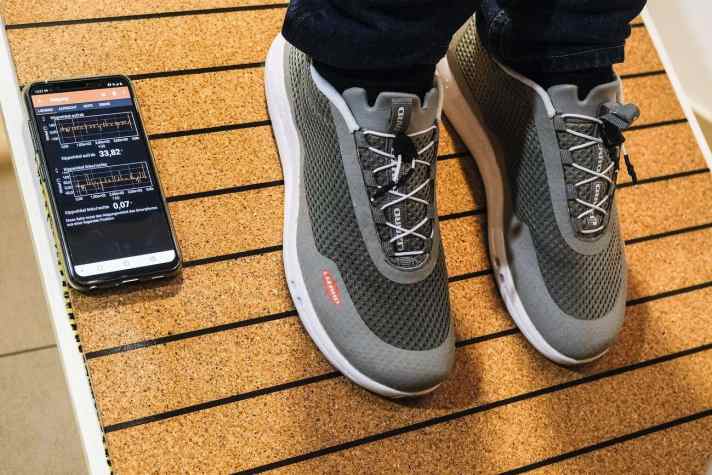
A good-looking bar deck not only looks good, it also offers just as much support. If a crew member slips on deck, there is a risk of injury; but even if the outcome is minor, it will at least disrupt the manoeuvre. In heavy seas on the foredeck, sailors should not only rely on a non-slip deck, but also on a safety line. Nevertheless, a non-slip deck covering contributes greatly to safety on board and not just to the boat's appearance. Whether on a new boat or a second-hand bargain in need of refit, a decision must be made as to what to put on the deck.
Teak has long been considered the first choice, but there are also some arguments against it: teak is a tropical wood for which, in addition to certified suppliers, illegal sources cut down the rainforest. Quality is rare and also expensive, a good teak deck costs from 1000 euros per square metre (laid by a specialist), but it can also cost more than 2000 euros. In addition, there is a not inconsiderable additional weight of around 6.5 kilograms per square metre. The deck also needs to be maintained and wears out more quickly than plastic alternatives.

Instead of the beautiful natural product, there are decks made of plastic rods that can be laid in exactly the same way as the wooden version. Cork is also a natural alternative to plastic. Many manufacturers also offer prefabrication according to a template. The finished panels can then be glued to the deck even by non-professionals. This process is also offered for decks made from teak rods and reduces the price, which then lies somewhere between the pure material value and the sum that a specialised company would charge for the complete work.

Roll goods, which are laid in a similar way to a carpet, are cheaper and even simpler. A good pair of scissors is often enough to cut them out. The material can be completely customised and laid by yourself. Another option for coating the deck is varnish, which uses a special additive to provide the necessary slip resistance. These additives are added to the paint in powder form to create a rough, non-slip surface. The advantage of the latter variant is that it is easy to apply. The shape of the coating is determined solely by prior masking, the additional weight is very low and the price is manageable, depending on the paint system used.
We have 23 representatives from all these variants in the test field. The deck coverings were either glued to boards by the manufacturers or dealers or by the editorial team. The most important criterion in the test: slip resistance. For this reason, the boards were placed at an angle and we measured the angle of inclination. The tester stood on the deck and the angle at which the shoes started to slip was recorded. As a result, the angle up to which safe footing was possible was recorded.
You can read the full report with all the test results in YACHT 6/2021. order here (click here) as digital edition (click here) or you can download the test directly via the link below.
